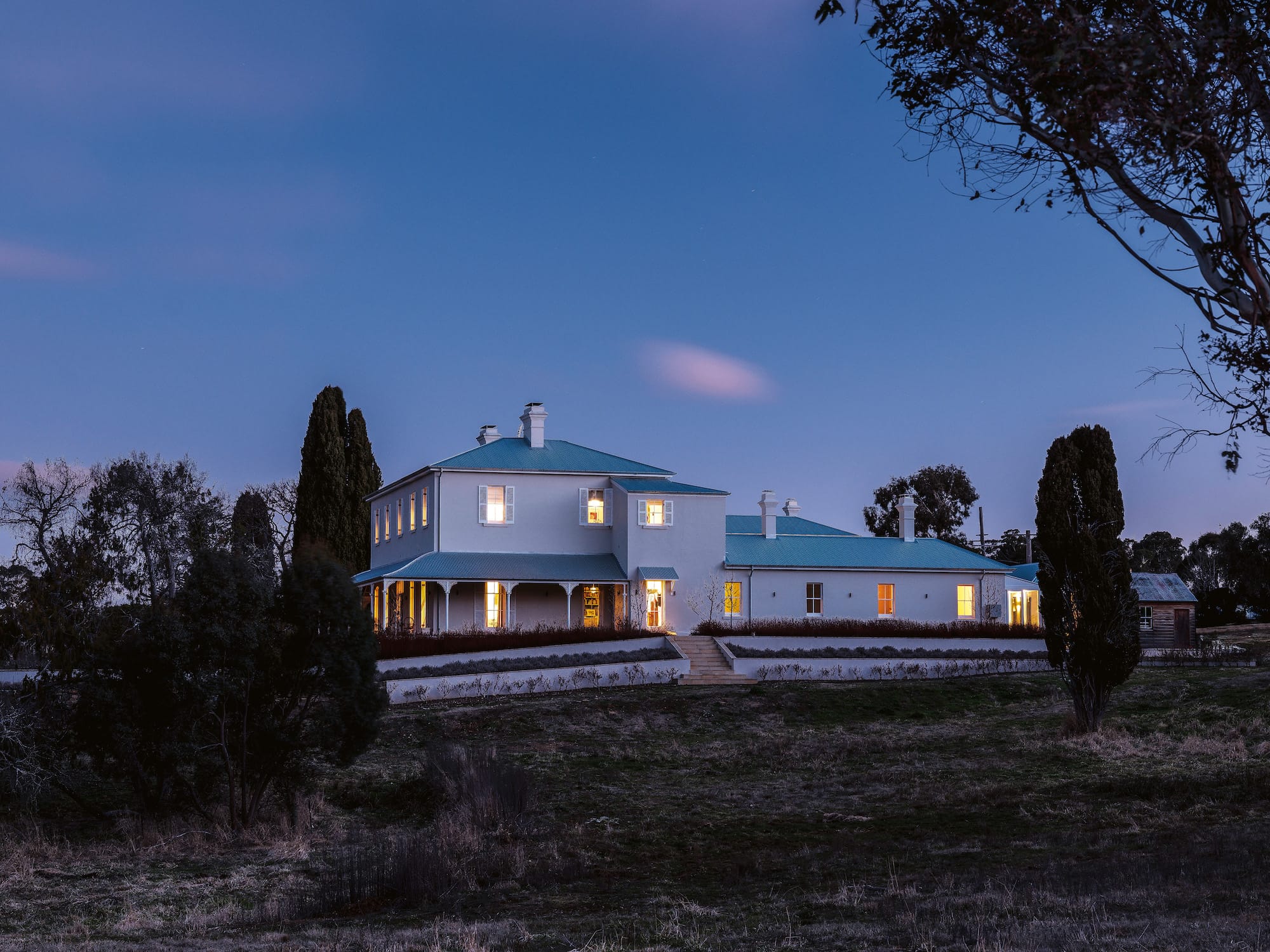
From the tropics to the desert, the best Australian architecture must adapt to wildly diverse climates. Here are five highly evolved solutions to living in the elements.
Words Luke Slattery
IN the search for new ways to live with global climate change, there are lessons to be learned from Australian architects. They have been adapting to diverse climates and volatile weather patterns for longer than most.
Australians build with timber and steel in the tropical north to suit dual seasons of wet and dry, and in the temperate south we lean on brick and stone. We’re building in the alpine uplands at 1000 metres, and below sea level on red desert plains. Our favoured habitat, however, is a 26,000-kilometre coastline that connects high and low latitudes, the lush and the dry, in an ancient landmass and a shared experience of living close to the ocean.
This remarkable variation in topography and climate imposes a unique discipline on Australian architects. “We’re the size of up to eight European countries, and a good house in Brisbane is fundamentally different from a good house in Melbourne,” says Adam Haddow, the national president of the Australian Institute of Architects. “We’re blessed to be able to find an architectural language that responds to place.”
It helps, he says, that Australia is a wealthy country. “Wealth is a driver of innovation everywhere and, in Australia, clients are driving innovation in housing and enabling architects to work out what really is Australian architecture.”
Migration plays a part, too. Says architect John Wardle: “If our architecture is defined by anything, it’s a vigorous hybridity. We’re all from elsewhere.”
In the absence of long-standing traditions here, architects have been freer than northern-hemisphere counterparts to improvise with climate adaptations. Nature might be Australia’s true architectural muse.
Here are five unique regional buildings carefully adapted to diverse climatic zones, expressing an eclectic Australian architectural personality.